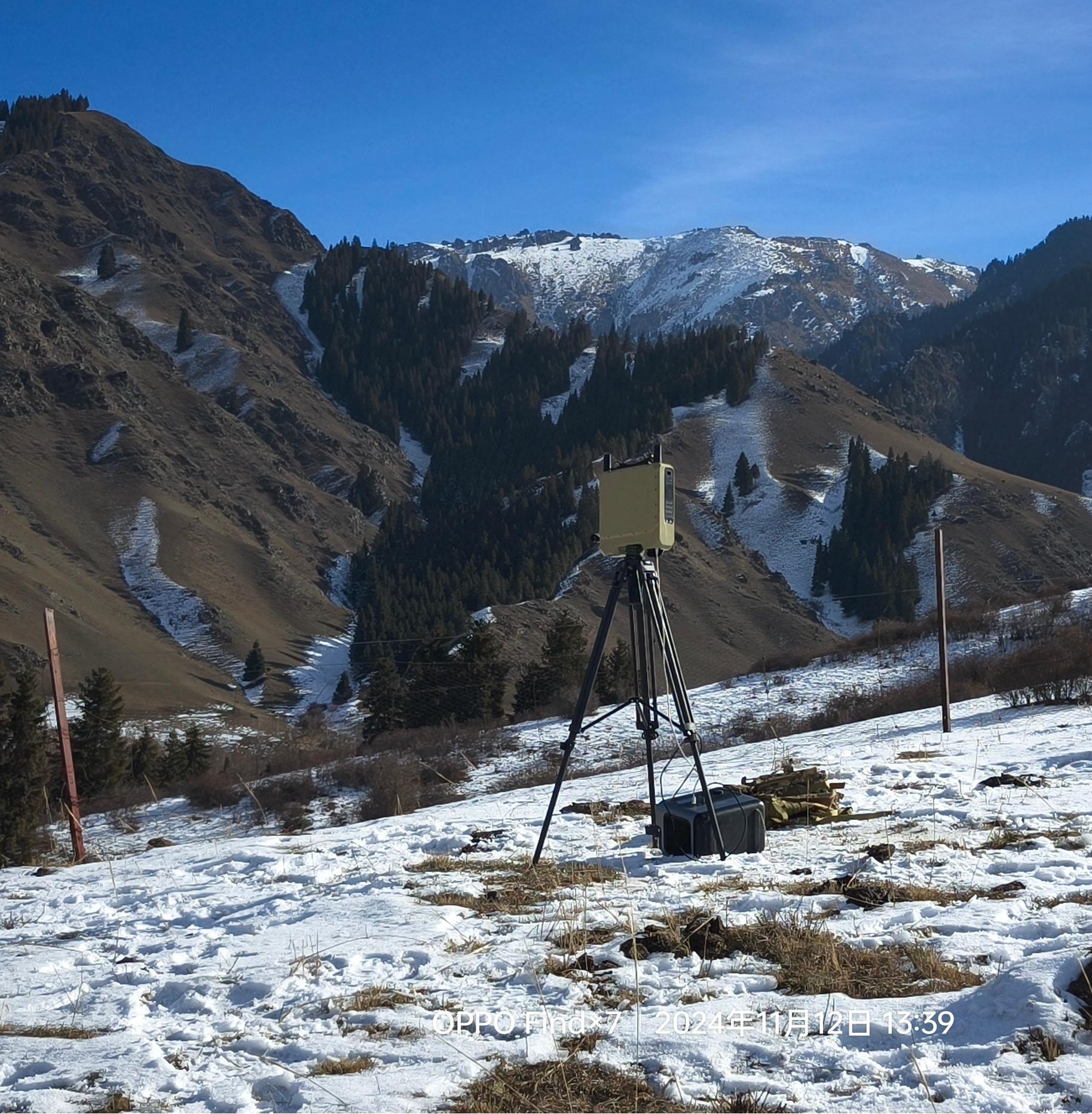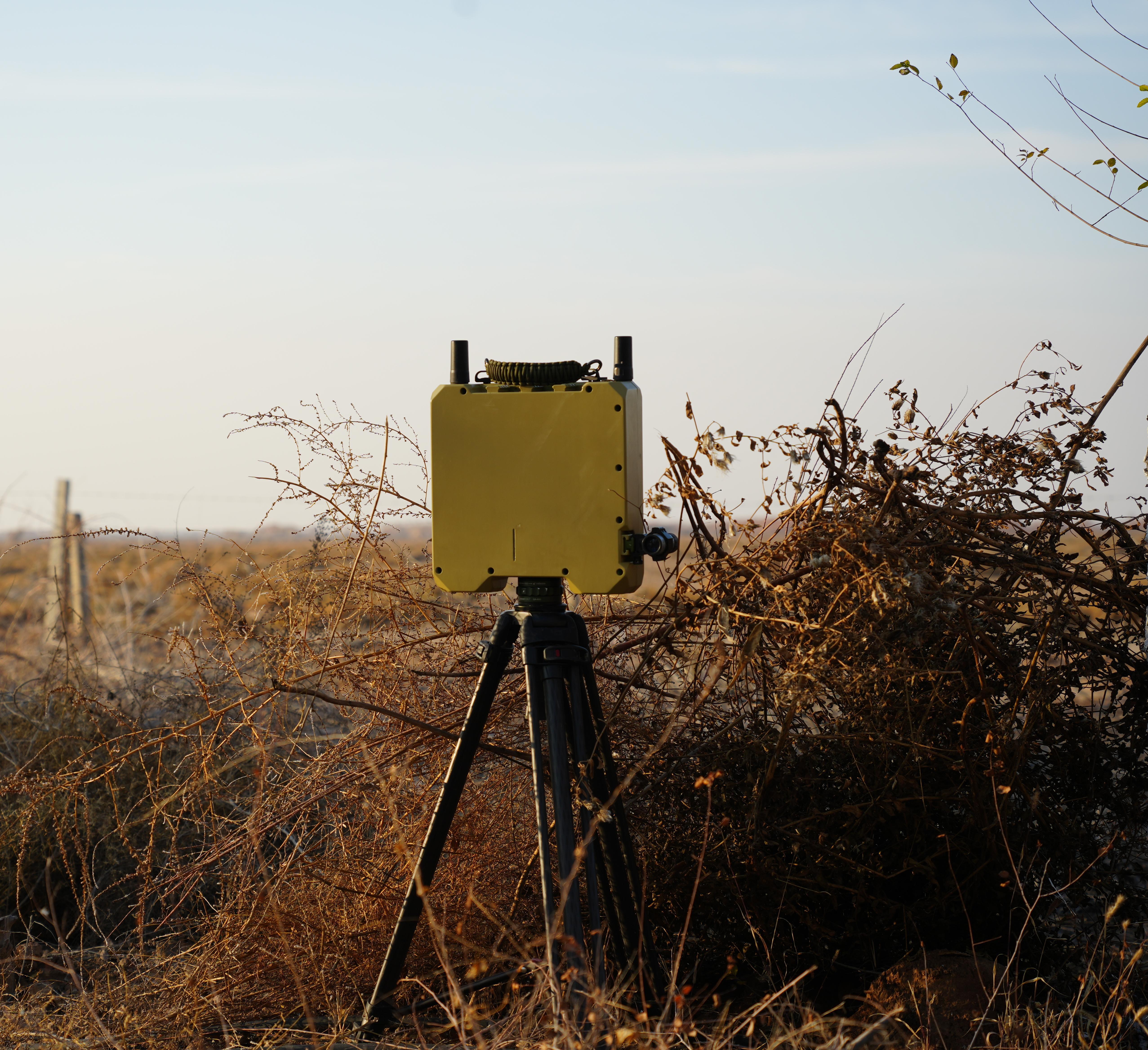I have to once again look favorably upon the single-soldier radar!
Release time:
2025-03-12
Man-portable radar is a portable radar system designed for reconnaissance and surveillance personnel, used to detect and locate enemy targets. These devices gradually matured from the 1950s to the 1970s. With technological advancements, miniaturization and cost reduction of radar allowed for a transition from vehicle-mounted applications to individual soldier equipment.
The development of man-portable reconnaissance radar reflects the importance of information gathering and real-time decision-making in modern warfare, representing a microcosm of battlefield technological advancements.

The market and solutions for man-portable radar have changed significantly in recent years, influenced by technological advances, shifts in military needs, and changes in the security landscape. The main changes are reflected in the following aspects:
I. Expanding Market Demand
• From military to law enforcement and civilian markets: Initially, the primary market for man-portable radar was military reconnaissance and surveillance. However, with increased security needs and the civilianization of technology, more law enforcement, public safety, and civilian markets are turning to man-portable radar, viewing it as a highly integrated "electronic sentry." For example, law enforcement agencies use man-portable radar in border patrols and counter-terrorism missions, while the security industry uses it in infrastructure protection and prison security.
• Increased urban security and counter-terrorism needs: With changes in global counter-terrorism and urban security situations, the application of man-portable radar has shifted from traditional battlefields to urban environments. This change has driven continuous improvements in man-portable radar in terms of detection accuracy, anti-jamming capabilities, and multi-target identification to meet the demands of complex urban environments.
II. Advancements in Technological Solutions
• Miniaturization and lightweight design: To meet the portability needs of soldiers and law enforcement personnel, the size and weight of man-portable radar have been significantly reduced. Modern man-portable radar equipment weighs a few kilograms or less and can be integrated into soldier equipment for easy carrying and operation.
• Improved detection range and resolution: Man-portable radar uses C-band and phased array technology to improve detection range and resolution.
• Low-power design and long battery life: With advancements in battery technology and power optimization, modern man-portable radar has longer battery life to meet the demands of long-duration missions.
III. Networking and System Integration
• Integration with other systems: Man-portable radar is gradually becoming less of a standalone device and is increasingly integrated into larger information networks. For instance, through communication networks, it can be linked with command and control systems and other surveillance equipment to enable data sharing and real-time monitoring, providing comprehensive situational awareness.
• Multi-radar collaboration: In complex missions, multiple man-portable radars can work together to form a distributed surveillance network, improving the accuracy and range of target tracking. This is particularly suitable for continuous monitoring in wide terrains.
IV. Cost Reduction and Expanded Applicability
• Cost reduction promotes civilian market applications: With the reduction in manufacturing costs, man-portable radar is gradually expanding from high-end military equipment to the civilian sector. The demand for man-portable radar in security, outdoor activities, and industrial fields is also increasing, becoming a new market growth point.
• Commercial application scenarios: For example, in the drone industry, man-portable radar technology is used for high-precision obstacle avoidance and route planning; in industrial security, it is used for monitoring and alarm in warehouse and logistics scenarios to improve work efficiency and safety.
V. Future Development Trends
• Autonomous learning and data analysis: Future man-portable radar may become more intelligent, with autonomous learning capabilities. Through accumulated data, it will perform pattern recognition and adaptive optimization, helping soldiers or law enforcement personnel automatically adjust detection strategies in different environments.
• 5G and IoT support: With the development of 5G and the Internet of Things, man-portable radar will be able to access networks more easily, transmit data in real-time, and improve the timeliness and efficiency of decision-making.
• Broader civilian applications: As the market matures, man-portable radar may gradually play a role in daily security and smart homes, unmanned delivery, and robotics.
VI. Meeting User Needs
Man-portable radar meets user needs mainly through performance optimization, portable design, intelligence, and multi-functionality to adapt to the needs of different user groups in reconnaissance, security, and search and rescue scenarios. Here are the key ways man-portable radar meets user needs:
1. Portability and Lightweight Design
Lightweight and portable: Man-portable radar typically uses a miniaturized design, with weight controlled to within 12 kg, making it easy for soldiers or security personnel to carry. The lightweight design reduces the burden on users, facilitating movement in complex environments such as wilderness, mountainous areas, or cities.
Easy to operate: Equipped with an intuitive interface and simple controls, allowing users to quickly deploy and use the radar equipment in emergencies, without requiring complex training.
2. All-Weather and Multi-Environment Adaptability
All-weather operation capability: Man-portable radar can operate stably in low-visibility environments such as rain, snow, fog, and nighttime, ensuring that soldiers and security personnel are not affected by weather and light.
Complex terrain adaptability: Man-portable radar can detect and track targets in complex terrains such as buildings, trees, and hills, helping users identify potential threats and maintain surveillance in concealed environments.
3. High-Precision Target Detection and Tracking
Accurate distance measurement: Man-portable radar can accurately detect the distance and azimuth information of targets, helping users understand the specific location of targets. This is suitable for missions such as reconnaissance, perimeter monitoring, and hostage rescue.
Doppler detection: Uses the Doppler effect to detect the speed information of targets, distinguishing between moving and stationary targets. This is particularly suitable for quickly identifying potential threats.
4. Multi-Target Identification and Classification Capabilities
Intelligent identification: Based on target speed, man-portable radar can identify different types of targets (such as personnel, vehicles, etc.) and classify them. This allows law enforcement and security personnel to more quickly distinguish potential threats, improving decision-making speed.
Automatic tracking and alarm: It has multi-target tracking capabilities, can track multiple targets simultaneously, and automatically sends alerts when threats approach, helping users respond quickly.
5. Real-time Data Transmission and Sharing
Interconnection with portable terminals: Data can be transmitted to handheld terminals or displays via wireless/wired connections, allowing commanders to view information in real-time, improving the convenience of information sharing.
6. Battery Life Optimization and Low-Power Design
Long Battery Life: Single-soldier radar usually adopts a low-power design to extend battery life, providing stable monitoring support during long-term missions. This is especially suitable for prolonged border patrols or reconnaissance missions.
7. Modular and Customizable Design
Modular Design: According to different mission needs, single-soldier radar can be modularly configured with functions such as night vision and thermal imaging to adapt to various mission requirements.
Customizable Solutions: Single-soldier radar offers customization options. Users can choose configurations suitable for specific tasks, such as detection distance, resolution, and battery life, to meet the needs of specific scenarios.

In general, the market for single-soldier radar has expanded from traditional military applications to law enforcement, security, and civilian uses. Technological solutions have made significant progress in portability, intelligence, and networking. Future developments will focus on higher cost-effectiveness, stronger integration, and intelligence to meet diverse market demands.
Battery Replacement: The battery features a removable design, supporting quick battery changes to meet the demands of long-term outdoor use.









